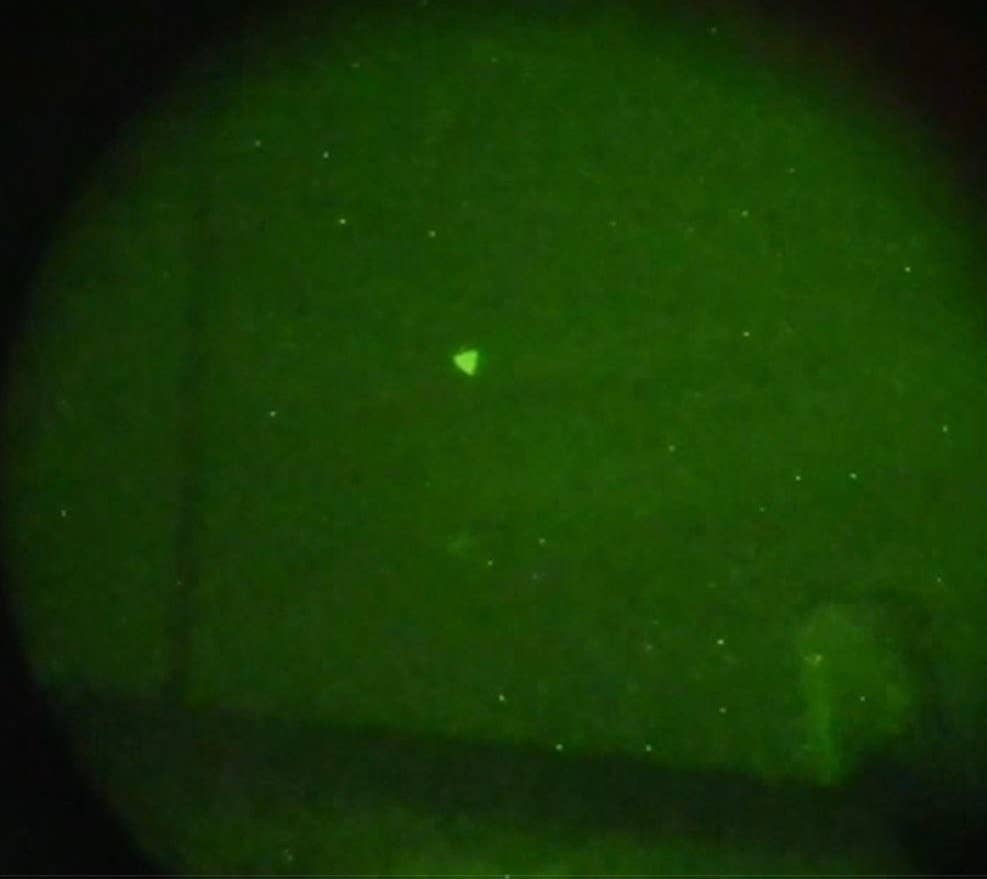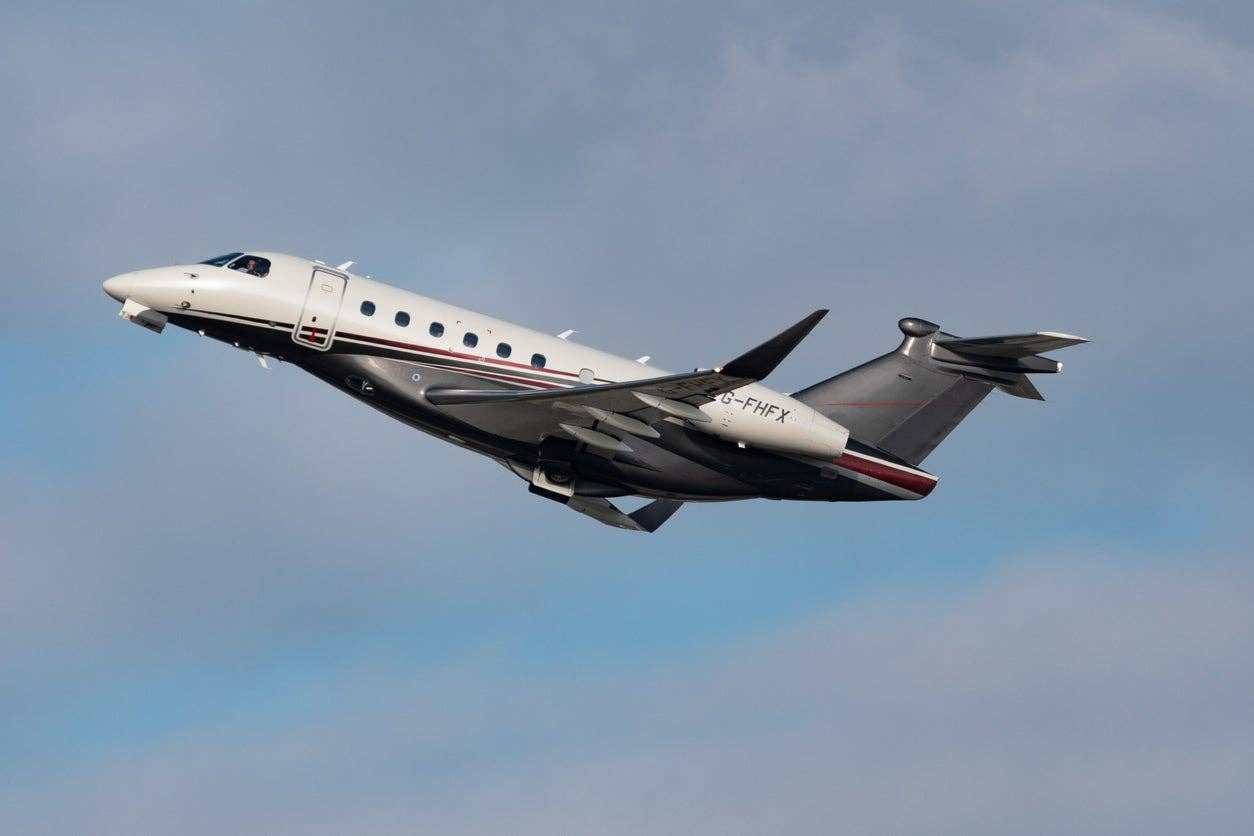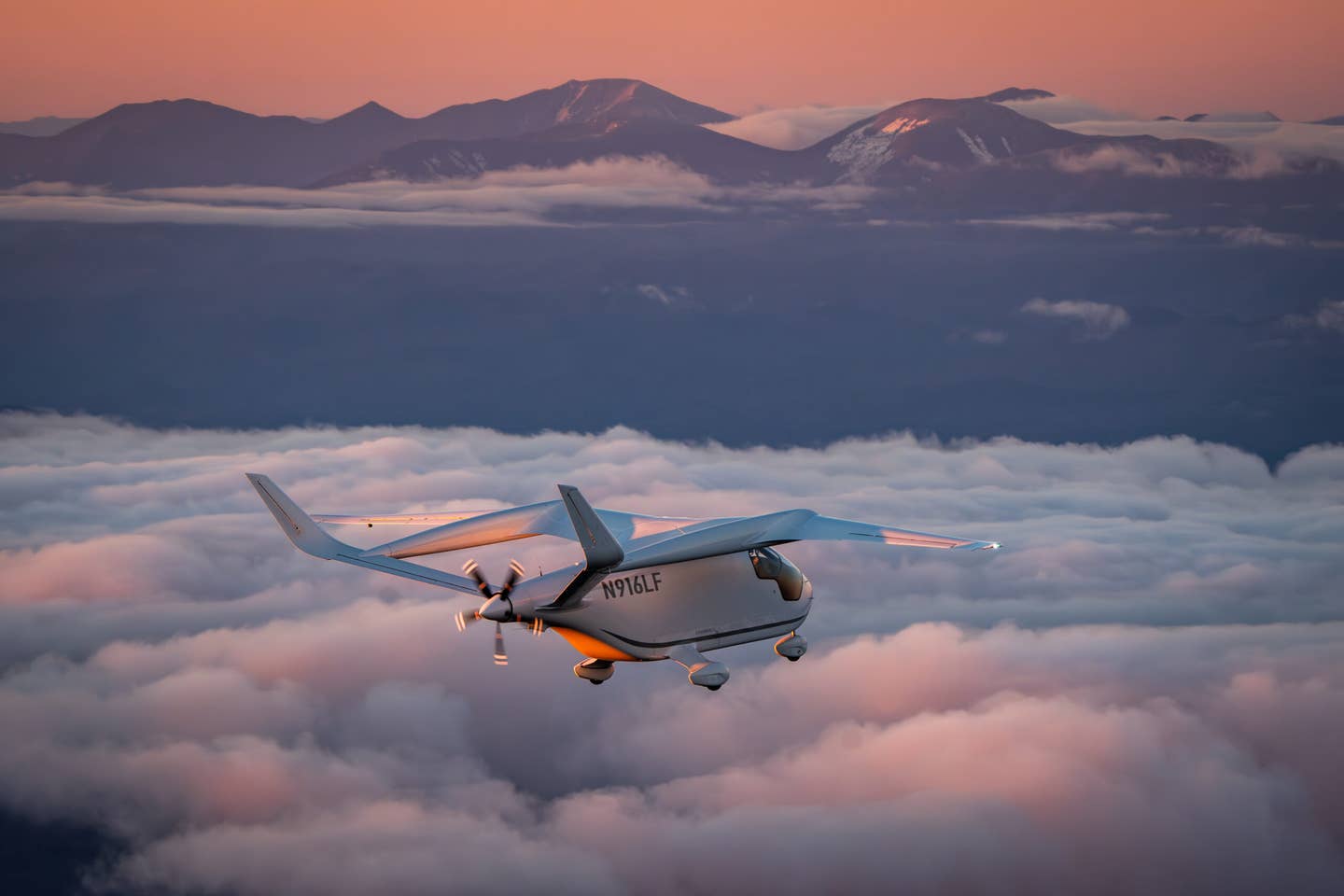
Corporate Angel Network (CAN) had the most profitable year in its history last year, although it's important to understand that the concepts of profit and loss are measured in very different ways for this organization. For the last 22 years, CAN has been helping cancer patients, many of them children, connect with business aircraft operators so they can get to treatment centers around the country.
It was in 1981 that CAN was founded by Pat Blum and Jan Weinberg, both cancer survivors, and Leonard Greene, who lost his wife to cancer. Having gone through the experience, they all knew just how emotionally difficult and financially taxing travel to and from treatment can be for people battling cancer. And because they were involved in business aviation, they also knew that business aircraft often fly with empty seats. It seemed a natural to approach flight departments and ask them to donate these empty seats to a cancer patient in need.
The idea was greeted enthusiastically, and today more than 500 corporations participate in the program. In its first 22 years in "business," CAN has helped find air transportation for nearly 18,000 cancer patients. Last October CAN had its busiest month ever, finding rides for 210 patients. Overall, in 2003, CAN found lift for almost 2,000 patients.
Cancer patients typically find out about CAN's services through their oncologists, through advertising or from other patients. CAN receives requests from many more patients than it can help. The problem, for the most part, said Peter Fleiss, executive director of CAN, isn't a lack of lift; it's that some patients simply live too far from airports that are served by business aviation. Others, he said, aren't ambulatory, so they can't get into and back out of the business aircraft cabin.
For nearly 2,000 patients a year, however, CAN is able to make the connection, allowing a patient to travel for treatment quickly and in much greater comfort than is possible on the airlines. Adult patients can bring along a companion on the flight, and children are allowed to bring two. Most flights are to a number of metropolitan areas with major cancer treatment centers, but many others are to smaller airports serving cities and towns far from these major centers, making the use of business aircraft for the travel almost indispensable.
While CAN's services mostly aid the patients and their families, it's also a great benefit to cancer centers and doctors conducting leading edge research, as CAN helps them connect with qualified subjects for their clinical trials.
Peter Fleiss says that even though things are going well at CAN-fractional provider Flight Options recently donated 10 hours of flight time to CAN, the third year in a row it has made such a gift-there remain a lot of patients out there who could be helped and a lot of corporations with available seats on their business aircraft. You get the feeling that the folks at CAN won't be happy until every patient who can be helped is being helped. For information about CAN or to learn about how you or your company can contribute, visit www.corpangelnetwork.org.

Sign-up for newsletters & special offers!
Get the latest FLYING stories & special offers delivered directly to your inbox






